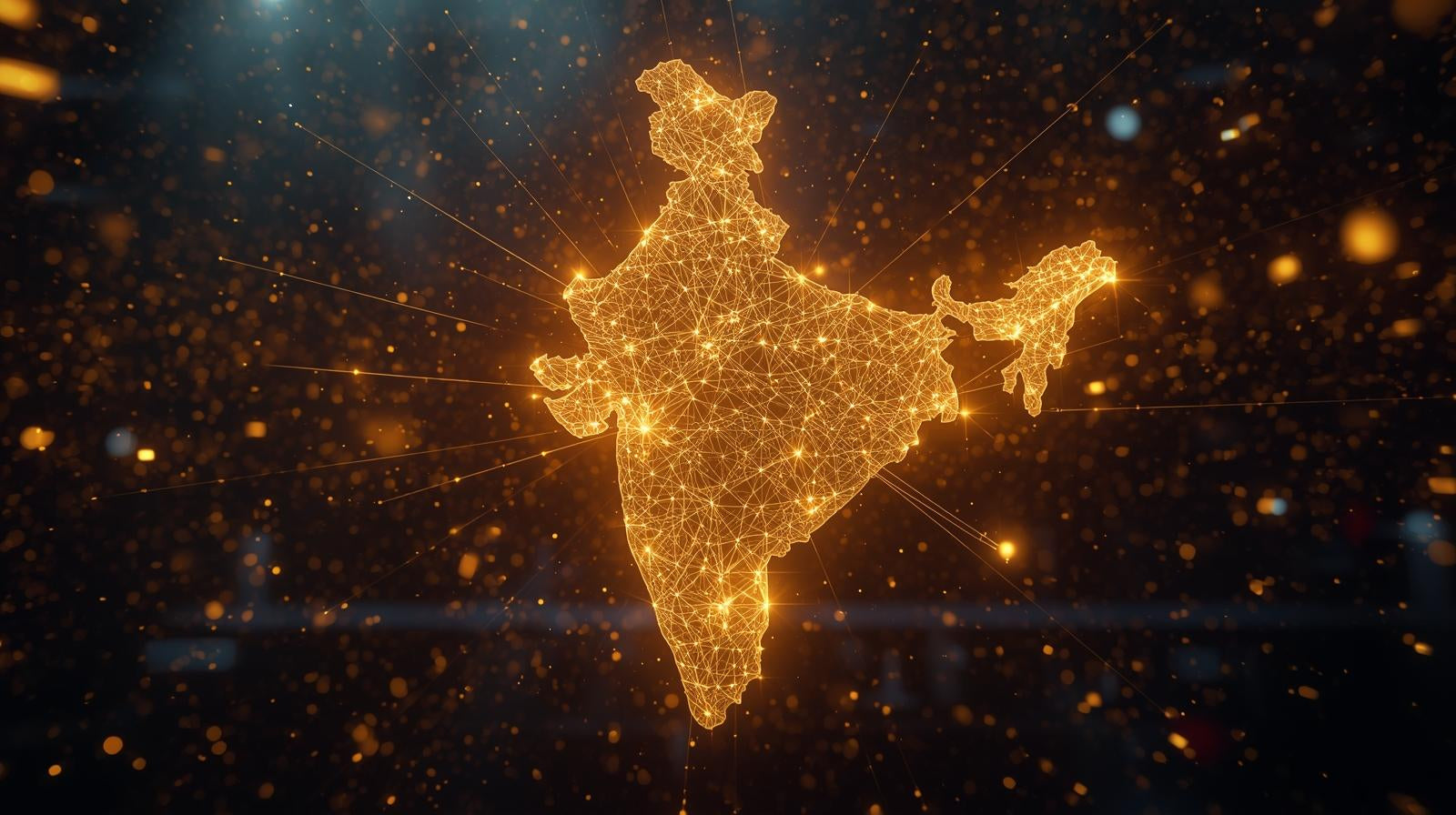
The Founder's Story, Part 4: The Golden Age of the Indian Entrepreneur
Nitin SahrawatShare
The Rudraksha Pledge
Every mission needs a spark- a point in time where a personal desire transforms into an unbreakable commitment. For me, and for BestIndian™, that spark was a moment of national resolve in June 2020, following the Galwan Valley incident. In the days that followed, a powerful sentiment swept across the country- a call for self-reliance, for an Atmanirbhar Bharat. It was a wake-up call that true national strength comes from our economic independence .
As I planted a Rudraksha sapling in Atal Vatika to honor the valour of our martyrs, I took a solemn vow: I would no longer be a passive spectator. I resolved that my new venture would not just be a business; it would be an active participant in India's growth story. I would use all my skills to build a "Make in India" brand that could compete with the world's best, and help make India a developed nation .
But a vow is emotional. Building a global business is operational. In other words, every mission needs a spark, but a spark alone cannot sustain a fire. It needs the right oxygen.
To turn emotions into creating the most respected tag in the global luxury market- BestIndian™ Luxuries- I needed an ecosystem that rewarded risk rather than punishing it. And this is where the story shifts from my personal resolve to the macroeconomic reality of our nation.
I believe we are living in the Golden Age of Indian Entrepreneurship. BestIndian™ owes its rapid ascent not just to our vision, but to the structural, visionary policy shifts driven by Prime Minister Narendra Modi’s government since 2014.

1. From Red Tape to Red Carpet: The IP Revolution
For decades, Intellectual Property (IP) in India was a litigious nightmare. For a startup, protecting a brand meant navigating a labyrinth of bureaucracy where applications languished for years.
The Trade Marks Rules, 2017, were a watershed moment. The government didn't just tweak the system; they overhauled it. They slashed the number of forms from 74 to just 8, incentivized e-filing with lower fees, and drastically reduced examination times.
This structural reform is what allowed a first-generation entrepreneur like me to personally file and secure over 40 trademarks for my brands including BestIndian™, Moviestar™, ElixirOfYouth™, LuxuryOfIndia™, and GlowPotion™.
The ecosystem for new entrants is even stronger today. Even though I personally didn't avail of the benefits of the SIPP (Scheme for Facilitating Start-Ups Intellectual Property Protection), it is a game-changer for first-time entrepreneurs. By bearing the professional fees of facilitators, the government has effectively removed the cost barrier to innovation.
Crucially, the reform wasn't just legal; it was technological. The Patent Office undertook a massive upgradation of hardware and shifted complicated trademark searches to AI-enabled search interfaces and user-friendly portals. This digitization ensured that the system did not overwhelm the not-so-tech-savvy among us.
Finally, in a decisive move to eliminate judicial bottlenecks, the delay-causing Intellectual Property Appellate Board (IPAB) was abolished in 2021. By transferring its appellate jurisdiction to the High Courts, the government signaled that IP disputes require the speed and authority of the highest judicial levels.
In a previous era, legal fees and delays would have crushed us before we launched. Today, the system empowers the innovator to own their creation.
2. The "India Stack": A Digital Public Infrastructure Like No Other
The second pillar of our success is the Digital India revolution. The world looks at Silicon Valley for software, but they are now looking at India for scale.
The democratization of data since 2016 has been nothing short of revolutionary. With the world’s most affordable data rates, the internet moved from elite drawing rooms to the hands of every citizen.
But the true game-changer was the India Stack.
- UPI (Unified Payments Interface) has democratized digital payments, allowing a luxury brand like ours to transact instantly with a customer in a remote village in Kerala just as easily as one in South Delhi.
- ONDC (Open Network for Digital Commerce) is now breaking the monopolies of big e-commerce aggregators, promising a level playing field for D2C brands.
This infrastructure is our oxygen. It created a friction-less commercial backbone that allows us to bypass expensive intermediaries and connect directly with the aspirations of a billion plus Indians.

3. The Dignity of the Entrepreneur
Perhaps the most subtle but profound shift has been psychological. For decades, the Indian state viewed the entrepreneur with suspicion. Today, through policy, the state views us as nation-builders.
- The GST Revolution: The implementation of Goods and Services Tax (GST) turned India into a single common market. For a manufacturer in Dehradun, the logistical nightmare of state-border checkposts vanished, making pan-India distribution viable for small businesses.
- Decriminalization: The Jan Vishwas Act decriminalized hundreds of minor business offenses, removing the fear of prosecution for minor procedural lapses.
- OPC Reform: The liberalized One Person Company (OPC) norms- specifically the 2021 reforms that removed turnover caps- allowed solo founders to scale without the fear of forced compliance upgrades .
These policies have done more than just improve rankings on a "Doing Business" index; they have restored the dignity of risk-taking.
If Not Now, Then When?
We have the digital infrastructure. We have the streamlined legal frameworks. We have a government that champions "Vocal for Local" not just as a slogan, but as economic policy.
These reforms have unlocked the entrepreneurial spirits of the Indian economy. They have leveled the playing field so that a brand born in Dehradun can dream of challenging the giants of Paris and Milan.
This is India's moment. We are witnessing a shift from a nation of job seekers to a nation of job creators. BestIndian™ Luxuries is a product of this new India. We are proof that when visionary policy meets individual potential, magic happens.
Postscript: A Note on Duty
As I was finalizing this post, I received a newsletter from PM Modi marking Constitution Day. He reminded us that "Every action of ours should strengthen the Constitution and further national goals and interests" and that our "Fundamental Duties guide us on how to collectively achieve social and economic progress".
This resonates deeply with the ethos of BestIndian™. The government has provided the policies and the platform (the Rights). Now, it is our turn as entrepreneurs to fulfill our Duty: to build ethical, world-class brands that contribute to a Viksit Bharat. This article is my tribute to that enabling environment.






